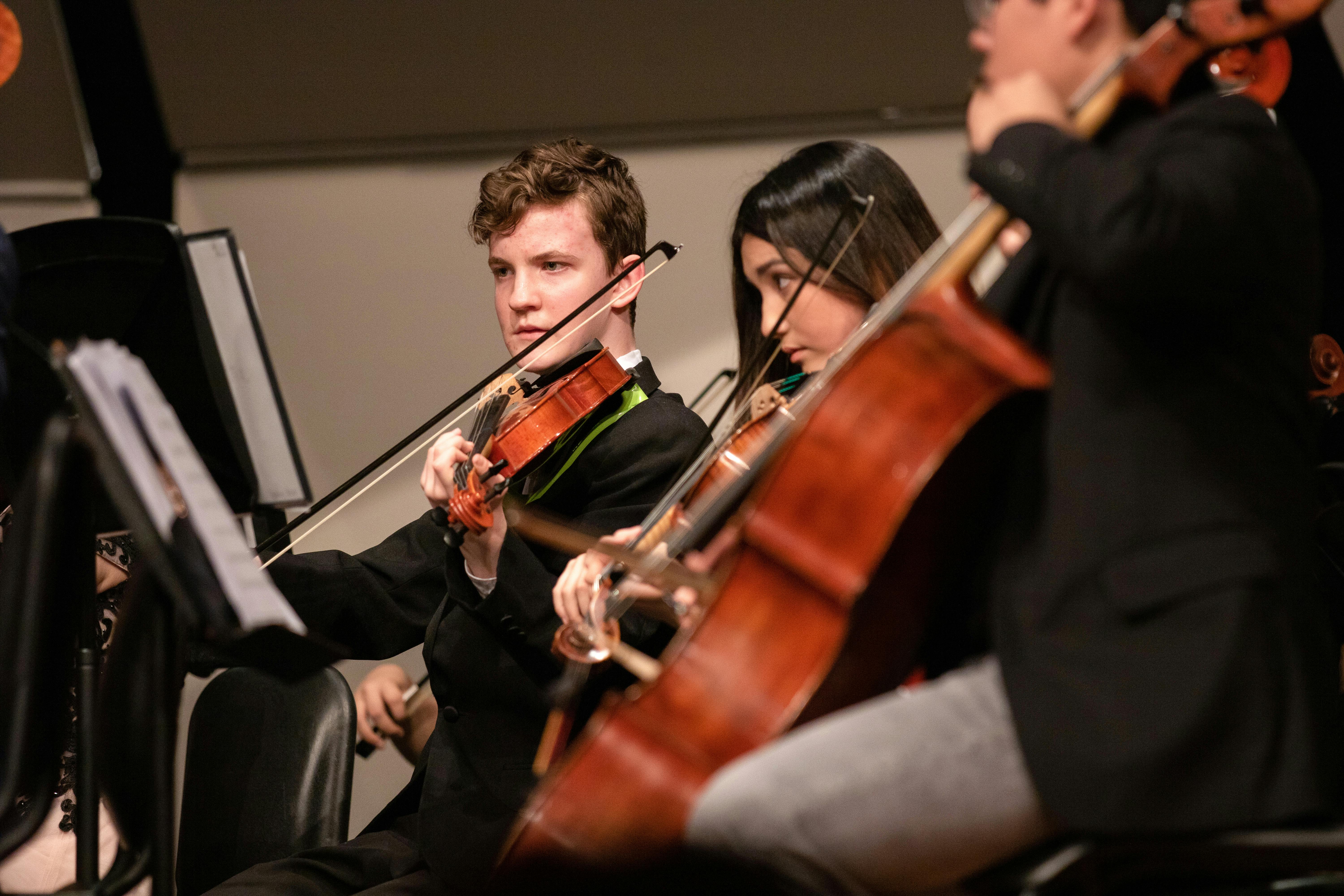R – E – S – P – E – C – T: Four Tips for Teaching Your Child Respect
One of the most important things you can teach your child is respect. Teaching a child to be respectful is not as difficult as it seems. The best way to teach respect is to show respect. But first, we must understand what it means to show respect.
Respect is an attitude. It is a response to others that can be verbal and non-verbal. Respect is the attitude of admiration or esteem – to hold in esteem or consider well considered – towards others, towards oneself and towards one’s own goods. A respectful child takes care of her belongings and responsibilities, and a respectful child gets along with peers, parents, and authority figures.
Respect, unlike math or grammar, is an abstract concept. There is no step-by-step model to apply to teach respect to a child. Just as the best way to teach a child to love is to show love, the best way to teach respect is to show respect. Children model the behavior of the adults in their lives. Keep in mind the saying “Do unto others as you would have them do unto you.”
When a child experiences respect, he knows what it feels like and begins to understand how important it is. Start early: Start teaching your children as soon as they can begin to understand what you are telling them. It is always much more difficult to show and teach respect to a teenager who has not really been held accountable.
While your child is learning patterns of respectful behavior, it is essential to modify inappropriate behavior. If your child does something disrespectful, take the time to point out, in a calm and non-threatening way, that her behavior towards others or towards you is not respectful. Always start that dialogue in a way that is safe for them and play to their strengths. Be sure to offer alternative ways in which the situation could have been handled better.
Let’s make a peak:
Four-year-old Chloe is on a school field trip to the aquarium. Her mother is one of the parents’ chaperones for the trip. The outing makes Chloe’s mom a bit uncomfortable due to Chloe’s outbursts in most situations. Mom is afraid that Chloe will throw a tantrum in front of her teachers and show how little control she has over Chloe.
The trip continues smoothly until Chloe discovers the gift shop. She looks at a huge blue dolphin that she says will have to go to sleep with her tonight. Chloe’s mother proceeds to explain to Chloe that the dolphin is quite expensive and that she will have to choose something less expensive.
Just then, Chloe starts calling her mother names like stupid and dumb. Chloe’s mother is often uncomfortable confronting her daughter when she shows disrespect towards others. Not knowing what to do and caught between her embarrassment in front of the teachers and her feelings for her daughter, she takes Chloe by the hand and leads her out into the hall.
Responding to Chloe’s behavior is crucial to successfully modifying inappropriate behavior. The scene can be played in one of two ways:
Accept inappropriate behavior: If Mom doesn’t know the ways to deal with disrespectful behavior, chances are Chloe will be spoken to in a harsh way: threatening her future freedom (“If you don’t stop now, you’ll never go on another outing.” ) or bargain in an attempt to stop the incident (“If you stop calling me stupid, I’ll buy you the dolphin”). No answer will teach Chloe the respect she will need when she finds herself in similar situations in her life.
Inappropriate Behavior Modification: If Mom is comfortable confronting her daughter and has handled this type of behavior with Chloe in the past, she will discreetly lead Chloe into the hallway and seat her in a safe space. She will review the trip and tell you what behaviors Chloe demonstrated today that were exemplary and then discuss the behaviors that were less than acceptable. Chloe’s mother will then discuss ways Chloe could handle her feelings in a more positive way. The discussion ends with a gentle reminder that respect should be a part of how you treat one another and that Chloe will get a chance to have a new toy or treat at her next display of positive behavior. No threats, no dealings… just an honest discussion about how the child behaved appropriately and what actions were not appropriate.
Respect requires:
1) Early introduction: Introduce the concept of respect early (as soon as the child can understand when spoken to) by identifying positive and negative behavior patterns.
2) Model: Show your children how to respect by interacting respectfully with your spouse and with others.
3) Awareness: Talk to your child at times when they display less than respectful behavior. Showing them in the moment is the most beneficial.
4) Build on strengths: In conversations with your child, start by building on the strengths you have shown, the positive behaviors you have engaged in, and how to improve unwanted behaviors.
Always ask for help when you are not sure how to proceed.
